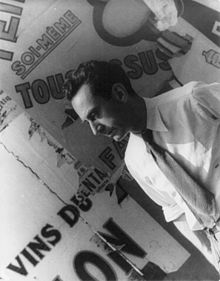https://www.youtube.com/watch?v=TNVf1N34-io
- Before we doing the editing for project 1, I relearned the editing theory to make sure I can understand the editing process systematically.
- An old man with the same smile can have completely different ideas by editing. When he looks at his family, he is a kindly man. However, when he looks at a sexy girl lying down on the grass, the character seems more like a dirty old man. Obviously, different editing can present different meanings, such as different cuts and orders. In other words, edits create relationships between clips.

- Pure Cinema
- Pure cinema, as a kind of cinematic variation, considers virtuous as the most significant point. Besides, there are three aspects of virtuous, they are mundane actions, the graphic ocular framework and the inclusion of upbeat cadence. (Film Theory 2014)
- Simply, pure cinema more focuses on the camera technical aspect, such as camera movement, editing and after effects rather than the many and diverse story/stript. (Film Theory 2014)
- The most interesting part of pure cinema is that it creates more chance to interact with the audience. As we all know, our brain can imagine the missing part of two pictures. For pure cinema, audiences not only imagine but also add their emotions, expectations and personal desires in. (Film Theory 2014)

- The learning of pure cinema makes me think about the relationship between stories and film techniques. If the story is fantastic enough, is the film techniques supposed to be simple? By this way, audiences can pay more attention to the story instead of more enjoying the visual effects. From my perspective, it depends on the genre of the film. Normally, romantic dramas, such as Crazy Rich Asian, does not need high film techniques to tell the story. However, action films, such as Mission: Impossible, need magnificent visual experiences and great camera movement to show the actions and tensions. Thus, for me, there is no right or wrong on film, just good or bad.
- BTW, find a good website for learning film theories.

Reference:
Film Theory 2014, Pure Cinema, Film Theory, viewed 4 September 2018, <http://filmtheory.org/pure-cinema/>.
Stephen DaVega, Hitchcock’s Pure Cinema- “The Kuleshov Effect” 2009, Youtube video, Stephen DaVega, viewed 4 September 2018, <https://www.youtube.com/watch?v=TNVf1N34-io>.